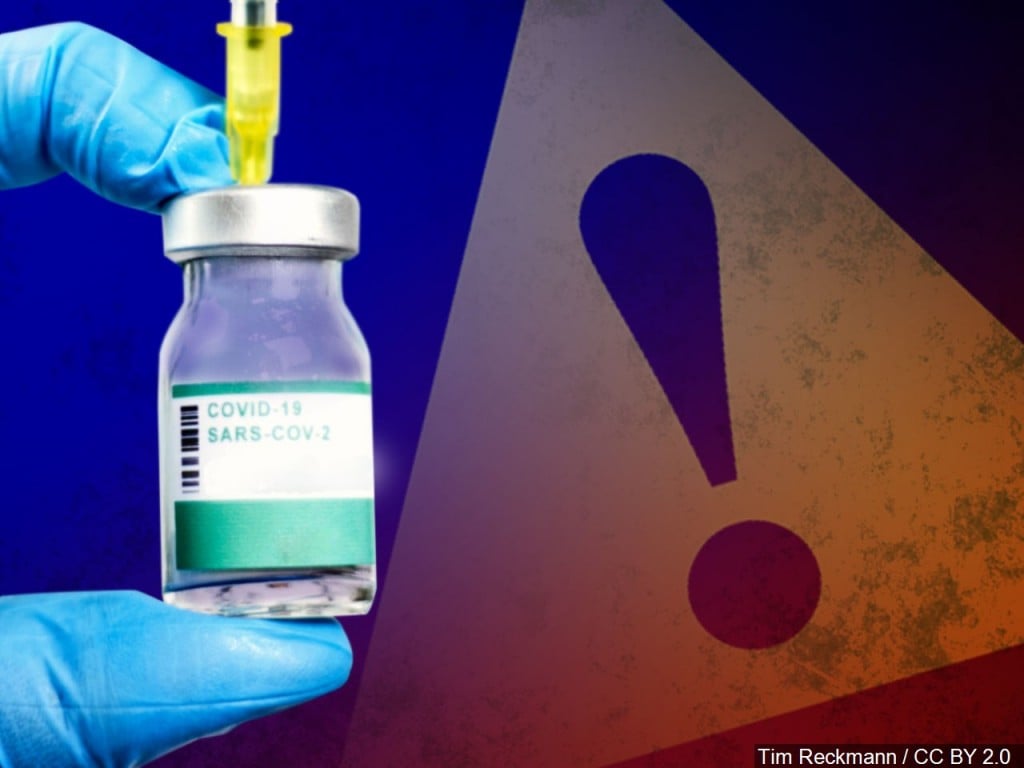

High school boys are trending conservativeĬomer jokes special counsel ‘plagiarized’ notes on Biden but put in. US employers are stuck in a hiring catch-22ĭeSantis attacks DC jurors after Trump indictment What to know about the six co-conspirators in Trump’s indictment Harris fires back at DeSantis offer to talk Florida's Black history curriculum Judge rules Trump false election claims while in office covered by presidential. Who is Tanya Chutkan, the judge assigned in Trump’s 2020 election case? This material may not be published, broadcast, rewritten, or redistributed. “For this reason, everyone who receives a COVID-19 vaccine is monitored by their vaccination provider for at least 15 minutes,” the CDC says. Anaphylaxis, or a severe allergic reaction, happens about 5 times per 1 million doses administered, according to the agency. Serious side effects, while rare, are possible. Most side effects of the vaccine pass on their own in a few days, says the CDC. “This is more to reassure people who have had a reaction that that’s their immune system responding, actually in a rather good way, to the vaccine, even though it has caused them some discomfort.” William Schaffner, an infectious diseases expert and professor at Vanderbilt University Medical Center, told CNN. “I don’t want a patient to tell me that, ‘Golly, I didn’t get any reaction, my arm wasn’t sore, I didn’t have fever. COVID-19 vs.Omicron mutates again: What we know about 3 new subvariants.COVID-19 vaccines for kids: What you need to know.COVID-19 vaccine: Should I reschedule my mammogram?.COVID-19 drugs: Are there any that work?.Smell and taste recovery in coronavirus disease 2019 patients: A 60-day objective and prospective study. Evaluation of chilblains as manifestation of the COVID-19 pandemic. Delirium in older patients with COVID-19 presenting to the emergency department. Sore eyes as the most significant ocular symptom experienced by people with COVID-19: A comparison between pre COVID-19 and during COVID-19 states. Centers for Disease Control and Prevention. Interim clinical guidance for management of patients with confirmed coronavirus disease (COVID-19).Real-time tracking of self-reported symptoms to predict potential COVID-19. COVID-19: Presentation, management, and follow-up (adult).Neurologic manifestations of hospitalized patients with coronavirus disease 2019 in Wuhan, China. Loss of smell and taste in 2013 European patients with mild to moderate COVID-19. American Academy of Dermatology Association. COVID toes, rashes: How the coronavirus can affect your skin.High prevalence of concurrent gastrointestinal manifestations in patients with SARS-CoV-2: Early experience from California. If you think you might be experiencing symptoms of COVID-19, call your health care provider. Signs and symptoms of COVID-19 may appear 2 to 14 days after exposure. Research suggests that the most common eye problems linked to COVID-19 are light sensitivity, sore eyes and itchy eyes. Pink eye (conjunctivitis) can be a COVID-19 symptom.
/cloudfront-us-east-1.images.arcpublishing.com/gray/3V443EUX5NGATILKCHQCNDLD24.jpg)
This COVID-19 symptom is linked with a high risk of poor outcomes, including death. Severe confusion (delirium) might be the main or only symptom of COVID-19 in older people. Chilblains develop in response to repeated exposure to cold air.
#Vomiting covid vaccine side effect skin
However, swollen, discolored fingers or toes could also be chilblains, an inflammatory skin condition. The symptoms can last 10 to 14 days or for months. A small amount of pus might develop under the skin. Blisters, itchiness, rough skin, or painful bumps can occur.

The hands, wrists or ankles also can be affected. Swelling or discoloration can develop on one or several toes or fingers. The most common skin changes linked with mild to severe COVID-19 include a flat rash covered with small bumps, discolored areas on the fingers and toes (COVID toes), and hives.ĬOVID toes appear to be more common in children and young adults. In some people, however, moderate to severe changes in smell and taste can last 60 days or more. Research suggests that most changes in smell and taste often resolve in 30 days. A new loss of smell or taste - without a stuffy nose - is a common early symptom of COVID-19. Digestive symptoms sometimes develop before a fever and respiratory symptoms. COVID-19 might cause nausea, vomiting or diarrhea - either alone or with other COVID-19 symptoms. But COVID-19 can cause symptoms you may not expect, including:


 0 kommentar(er)
0 kommentar(er)
